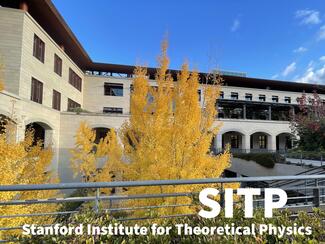
Cryptography, Tensor Networks, and the Python's Lunch
Varian 355
Abstract: In the AdS/CFT correspondence, a subregion of the CFT allows for the recovery of a corresponding subregion of the bulk known as its entanglement wedge. In some cases, an entanglement wedge contains a locally but not globally minimal surface homologous to the CFT subregion, in which case it is said to contain a python's lunch. It has been proposed that python's lunch geometries should be modelled by tensor networks that feature projective operations where the wedge narrows. This model leads to the python's lunch (PL) conjecture, which asserts that reconstructing information from past the locally minimal surface is computationally difficult. In this talk, we use cryptographic tools related to a primitive known as the Conditional Disclosure of Secrets (CDS) to develop consequences of the projective tensor network model that can be checked directly in AdS/CFT. We argue from the tensor network picture that the mutual information between appropriate CFT subregions is lower bounded linearly by an area difference associated with the geometry of the lunch. Recalling that the mutual information is also computed by bulk extremal surfaces, this gives a checkable geometrical consequence of the tensor network model. We prove weakened versions of this geometrical statement in asymptotically AdS$_{2+1}$ spacetimes satisfying the null energy condition, and confirm it in some example geometries, supporting the tensor network model and by proxy the PL conjecture.